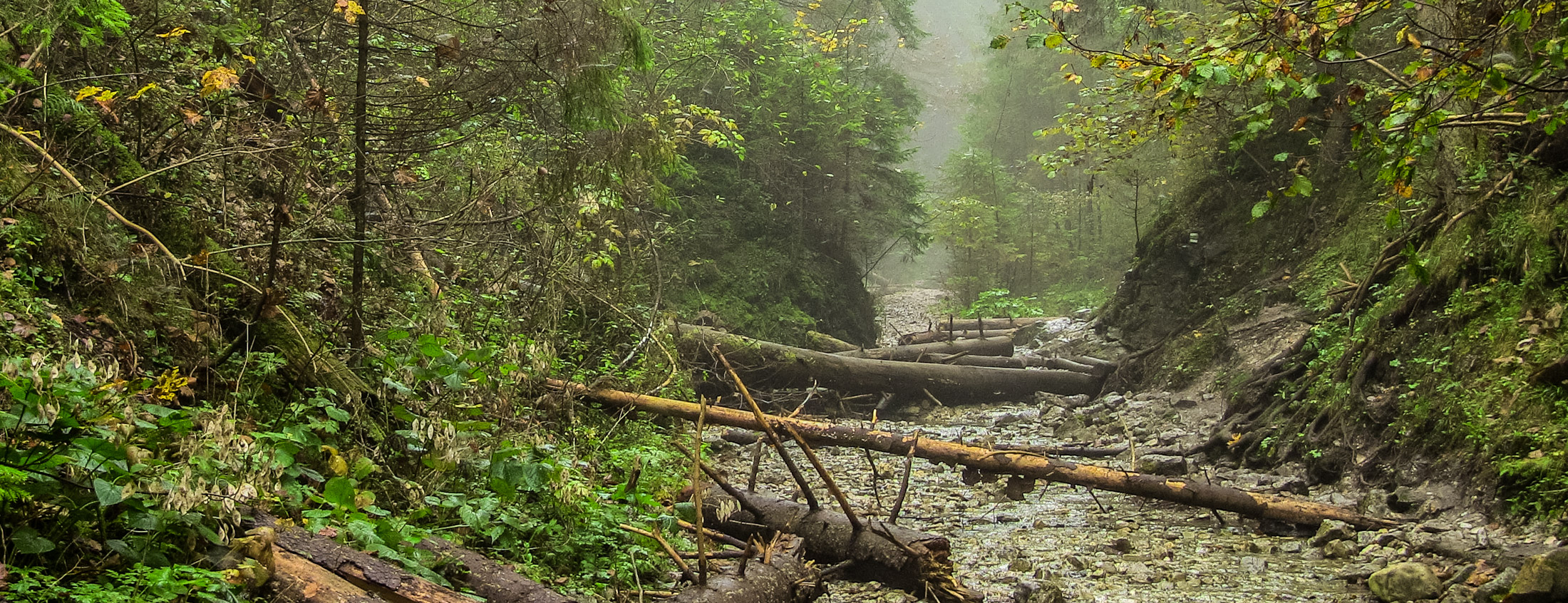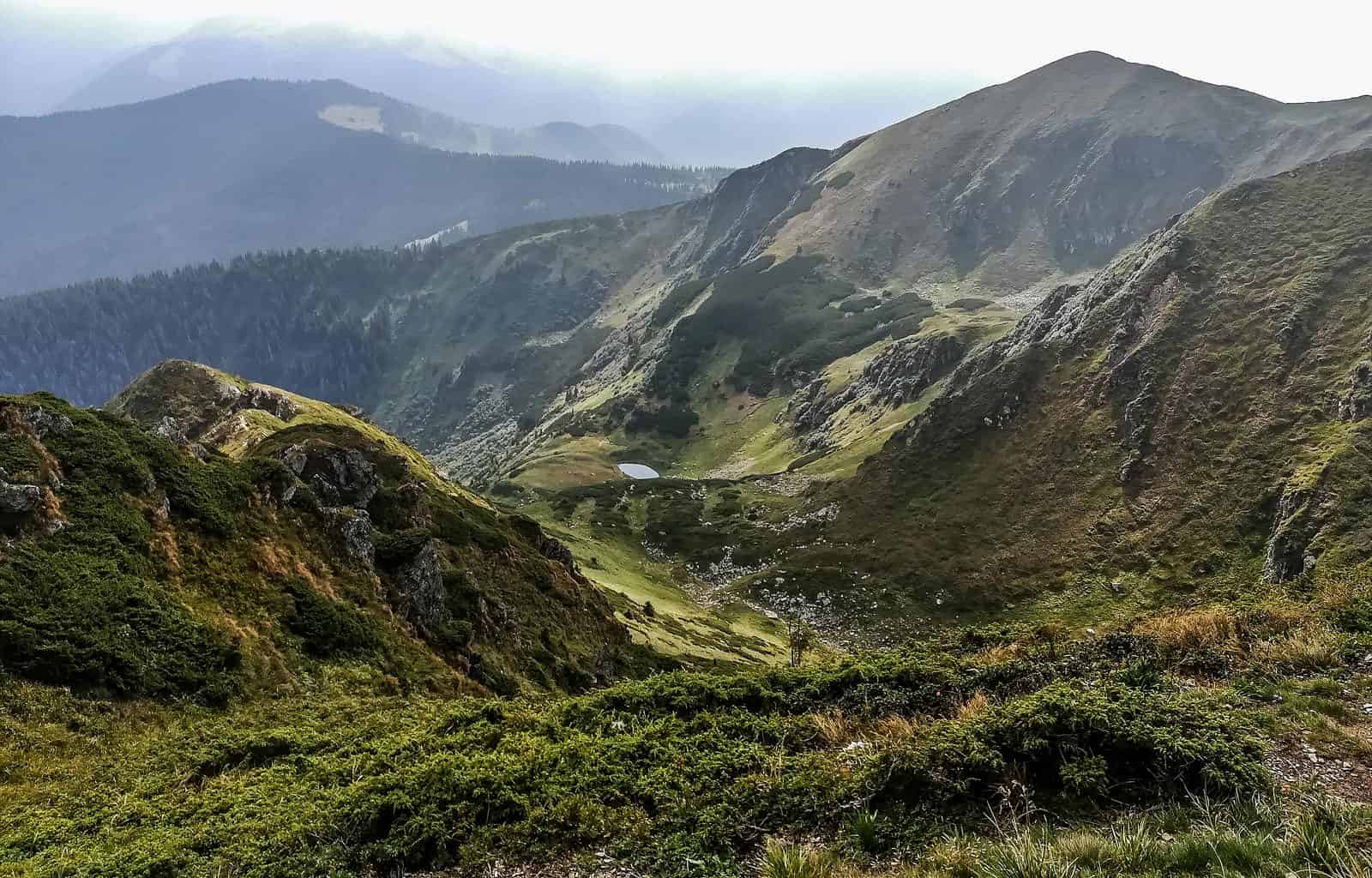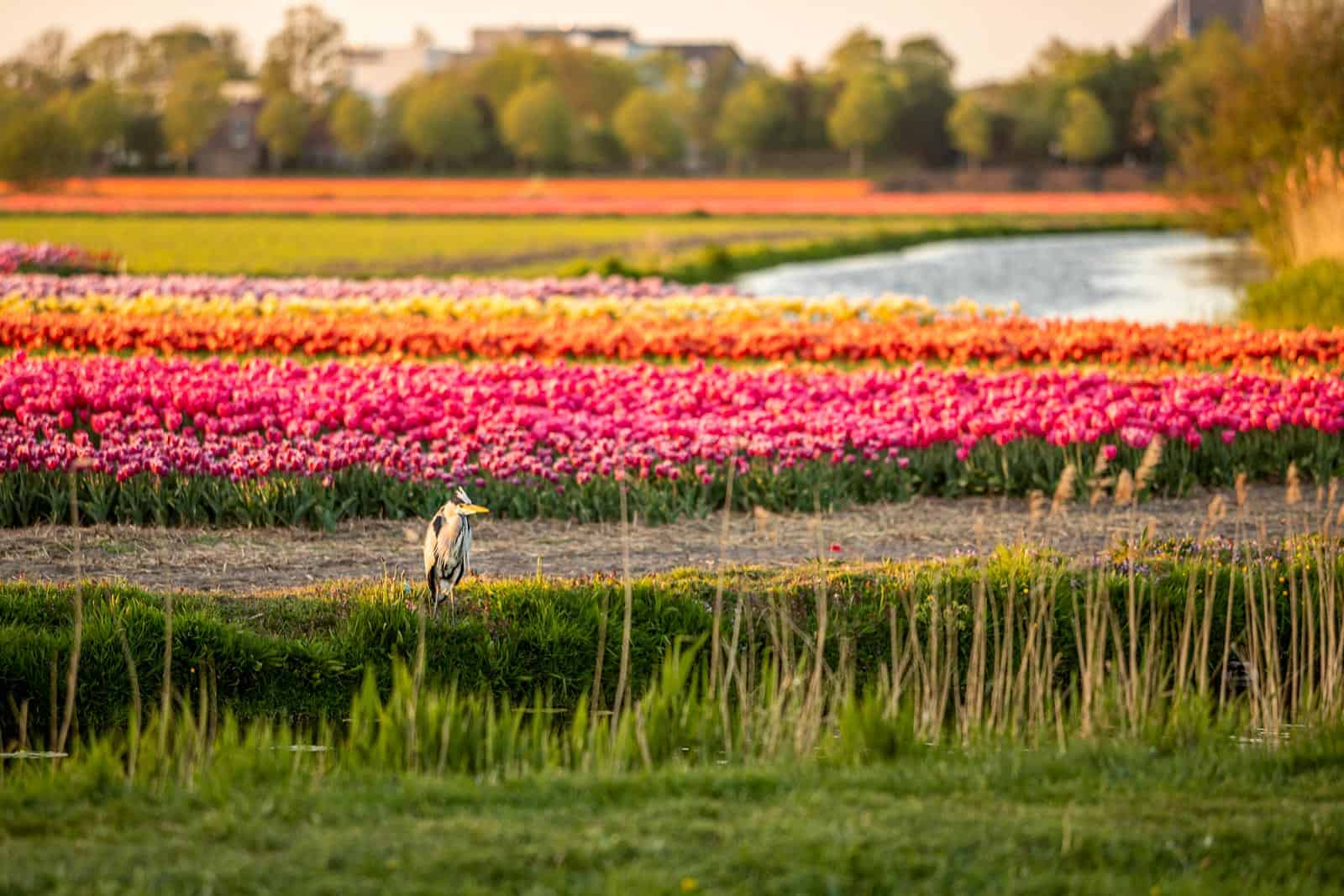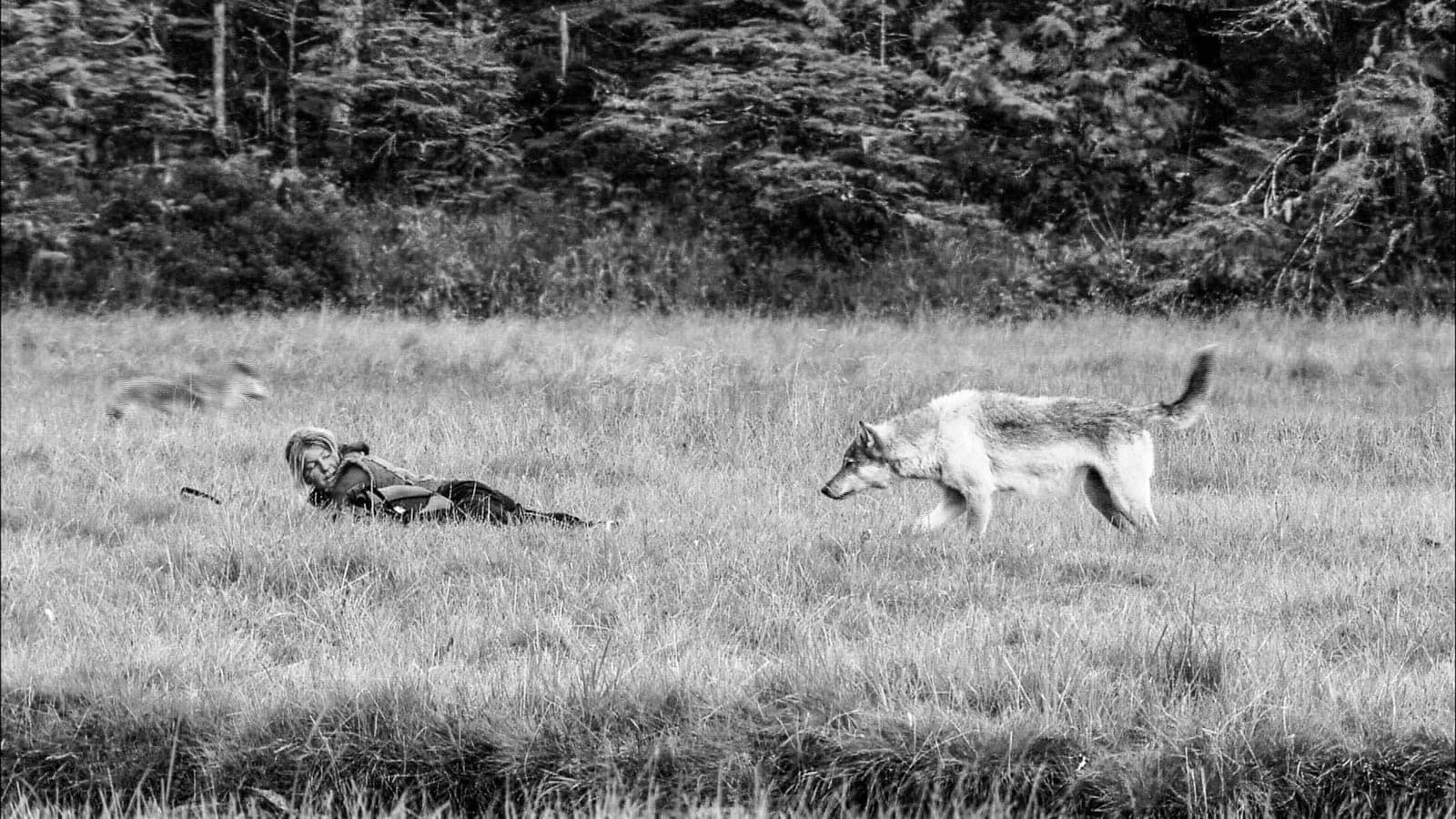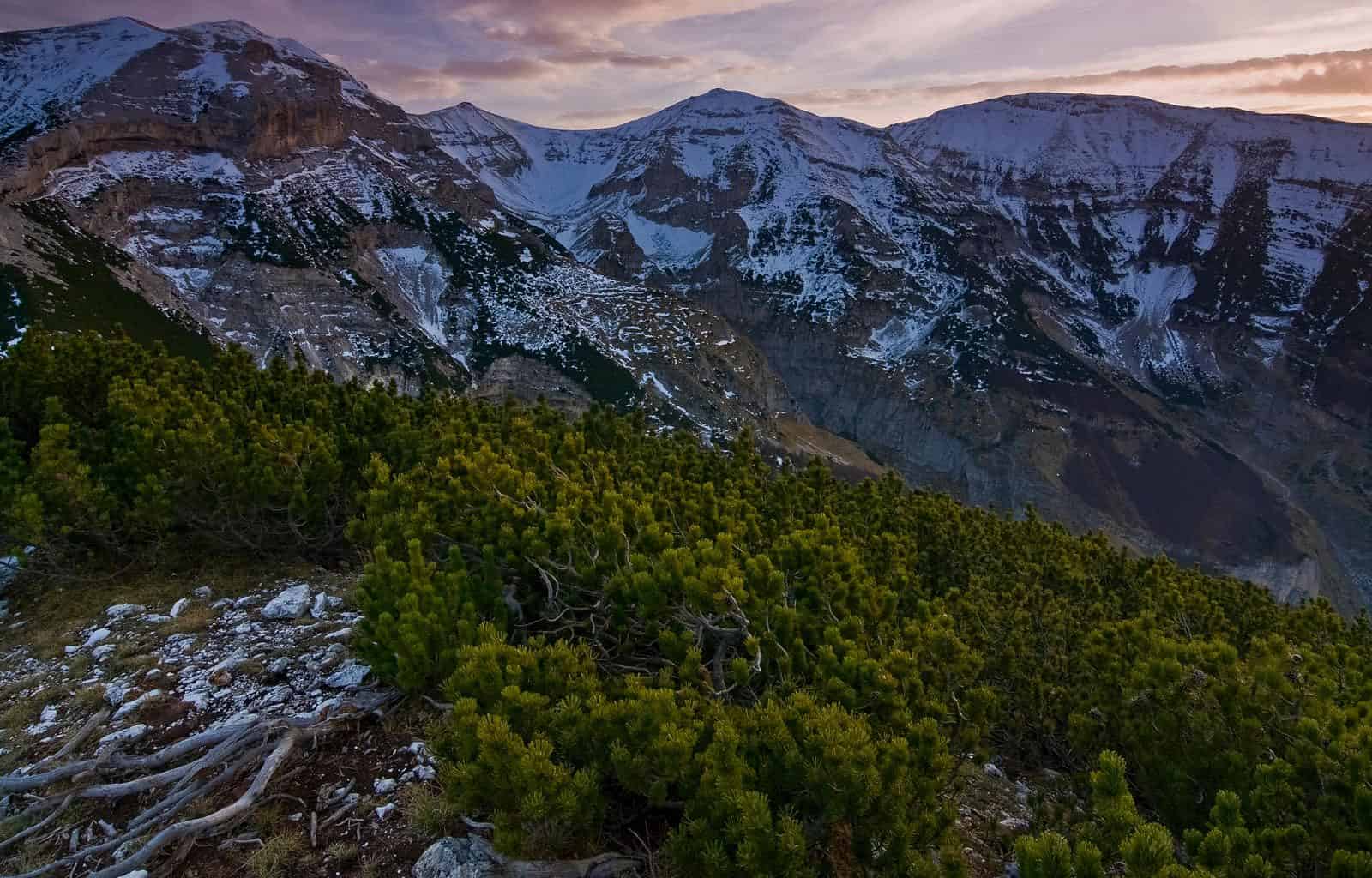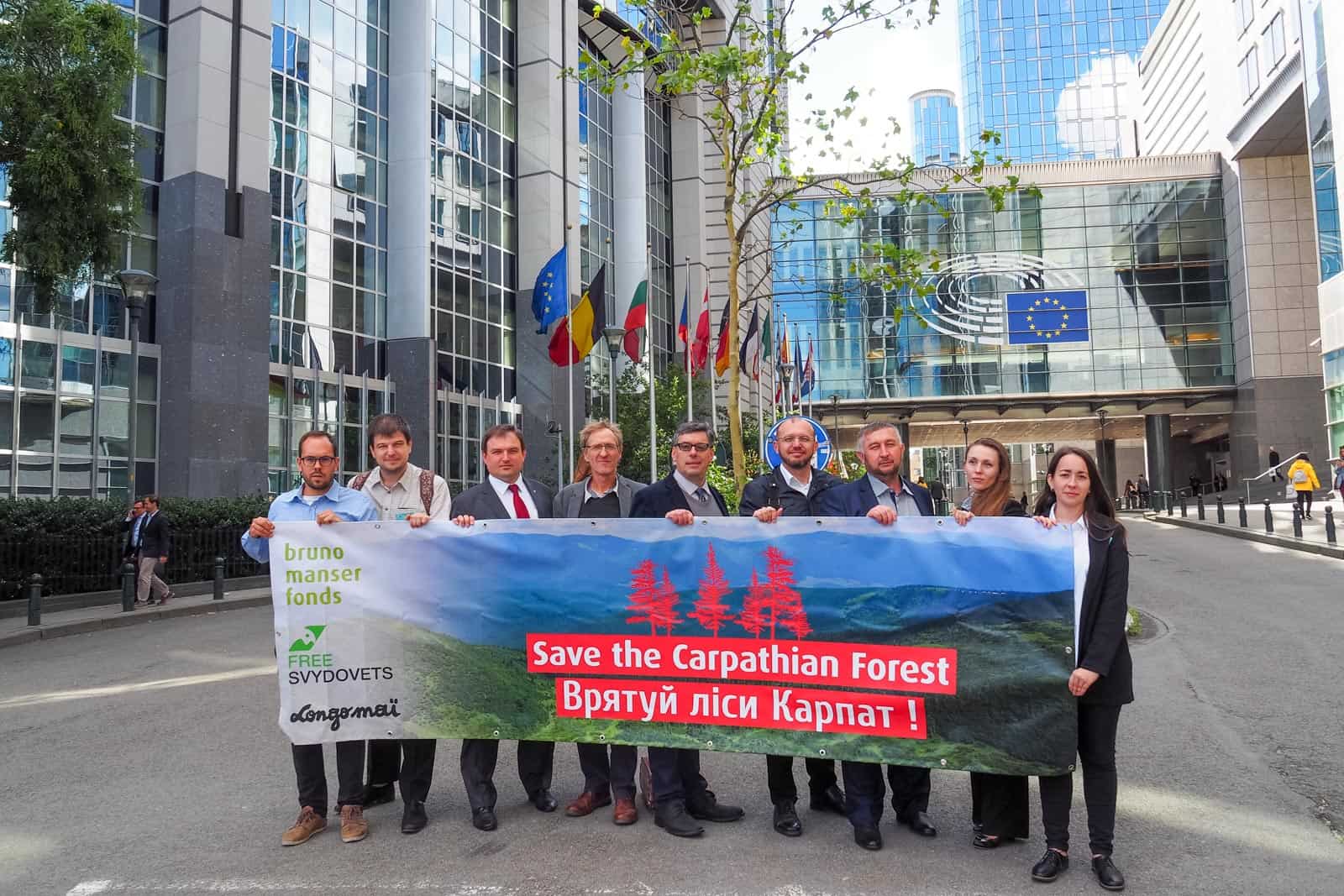Europe needs more wild land
Europeans found out that the wild land provides essential resources and ecosystem services, such as clean air and water, biodiversity and also significantly contribute to carbon sequestration and climate regulation. Conclusion of that is that in a time when Europe already face to the dramatic loss of biodiversity and growing impact of climate change, there is a need for more wild land.
In this context restoration with objective to re-create more wild land in Europe become a critical effort. That process will aim to revive and preserve the continent’s biodiversity, ecological balance and mitigate climate change.
Benefit of wild habitat
Over the long decades, human activities such as deforestation, urbanization, and industrialization have taken a toll on natural habitats. That led to the dramatic impact on biodiversity, loss of numerous species and their habitats and overall disruption of ecosystems.
Wild habitats in Europe refers to the natural environments that support a diverse array of plant and animal species, largely unaffected by human activities. Wild habitats include not only forests, wetlands and grasslands, but also heathlands and coastal areas.
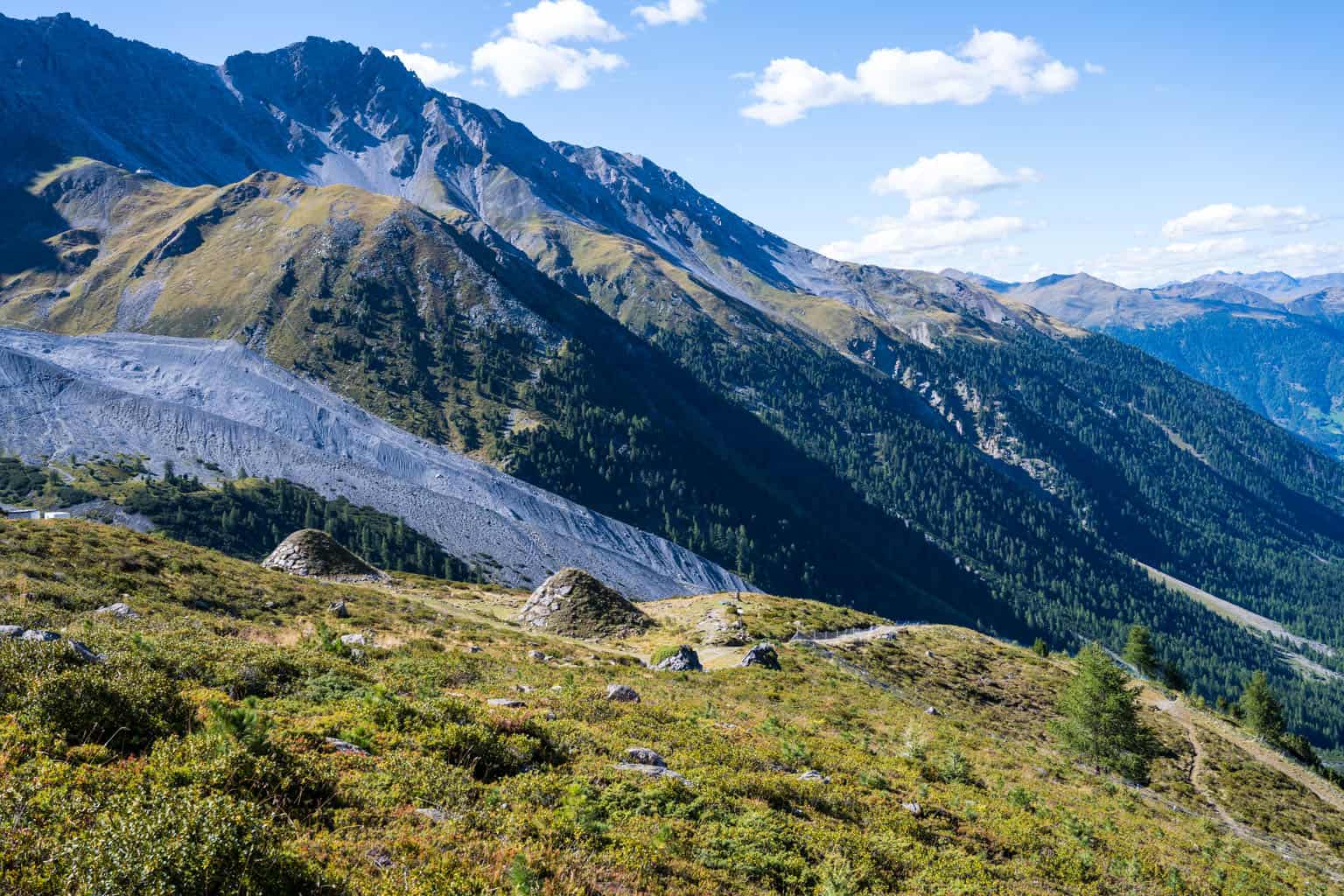
More wild land is needed
Research proofed that all over the Europe only small fragments of wild land survived to the nowadays. There is wide agreement that is important not only preserve remnants of them but to restore wide array partially or significantly damaged habitats and made them more wild. That is confirmed also by decision done by European Parliament
Further on the agreement is also, that this step is crucial for maintaining ecological balance, supporting wildlife populations, and promoting sustainable land management practices. This step also create condition for the enjoyment and appreciation of Europe’s natural heritage by locals and visitors.
Focus of restoration of wild land
Recognizing the urgent need for conservation, European countries are undertaking ambitious wild restoration projects. Efforts focus on various habitats with various stage of human impact. Land used by forestry, agriculture but also for leisure activities made by people.
The intention is that restoration should made them more wild and that means also more resistant to the ongoing climate change. Such effort is focused on ecosystems Europe wide.

Objective of wild restoration
Objective of wild restoration is to made gradually step by step the land more wild. That process includes the removal of invasive species, reforestation, re-creation of damaged habitat, and also the reintroduction of native plants and animals.
These projects not only help in habitats recovery but also improve the overall health of ecosystems, promote sustainable land management, and mitigate the impacts of climate change.
Conclusion
Interesting example of such process is the wildE project. The project is aiming to assess the synergies between climate change mitigation, adaptation and biodiversity. Further on also to improve the potential of climate-smart rewilding as a nature-based solution for ecological restoration in Europe.
Recognizing the importance of preserving wild habitats, the EU has allocated substantial financial resources to support initiatives across member states.

